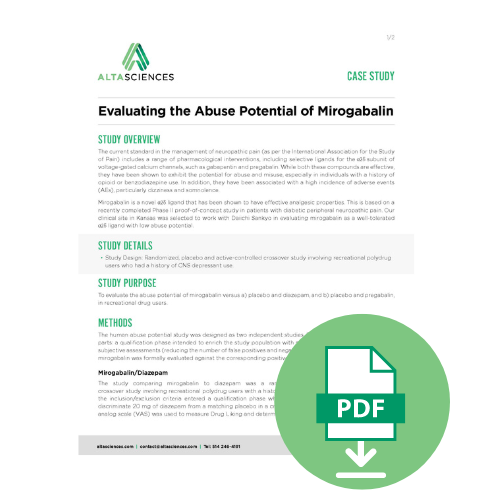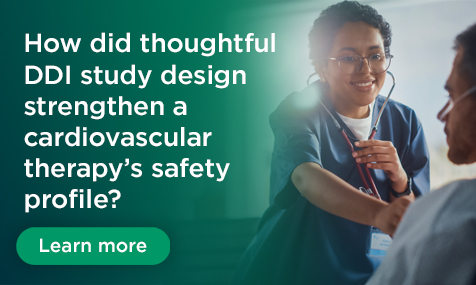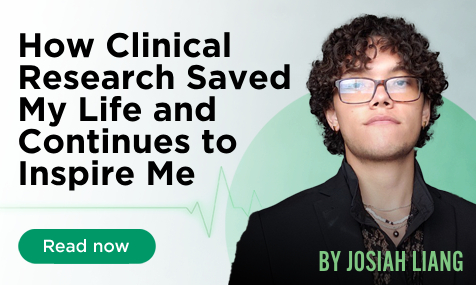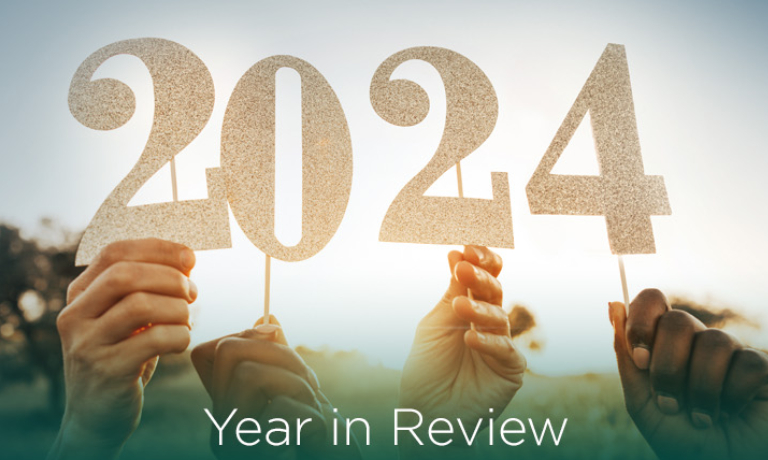Case Study: How to Evaluate Human Abuse Potential (HAP) for CNS Drugs

The CNS drug market continues to grow at a respectable rate, largely fueled by developments in therapeutics for neurodegenerative disorders and mental health. If you are developing a CNS-active drug that exhibits the potential for misuse or abuse, FDA guidelines require specific, specialized human abuse potential (HAP) testing. Guidance recommends randomized, double-blind, double-dummy, placebo- and active-controlled, crossover designs for the treatment phase, where the same study participants are used in the different treatment groups.
Altasciences supported a client with HAP studies for their development program of a novel analgesic, mirogabalin, currently marketed in Japan, Korea, Taiwan, and China. The challenge was to recruit recreational drug users who were likely to complete all phases of this multi-study program, and to keep them sequestered for the required long-term in-clinic stays. This case study will review how Altasciences helped the client overcome this challenge to deliver robust HAP data for their regulatory submissions.
Study Purpose and Design for HAP Testing
The purpose of the study was to evaluate the human abuse potential of mirogabalin. We designed the HAP program as two independent studies: one comparing mirogabalin to a placebo and diazepam, and the other comparing to a placebo and pregabalin.
Each study was further divided into two parts:
- Part 1 — A qualification phase to enrich the study population with subjects that could provide accurate subjective assessments (reducing the number of false positives and negatives).
- Part 2 — An assessment phase where the investigational drug was formally evaluated against the corresponding positive and negative controls.
Mirogabalin vs. Diazepam Clinical Study Design
This randomized, placebo and active-controlled crossover study involved recreational polydrug users with a history of CNS depressant use. Participants who met the inclusion/exclusion criteria entered a qualification phase, a crossover design where we assessed them for their ability to discriminate 20 mg of diazepam from a matching placebo. We used a validated electronic visual analog scale (VAS) to measure Drug Liking and determine eligibility to enter the assessment phase.
The assessment phase was designed as a 5-way crossover study where participants were randomized in each treatment period. Participants were given either:
- a 15 or 45 mg dose of mirogabalin,
- a 15 or 30 mg dose of diazepam, or
- matching placebo tablets.
We recorded subjective VAS ratings on the likeability and general effects of the treatment at specific times in each period. We also performed safety monitoring and assessed pharmacokinetics.
All participants were required to remain in the clinic for the duration of the assessment phase (approximately 30 days). Of the 38 subjects who entered the assessment phase, 32 completed the study— an 84.2% study completion rate.
Mirogabalin vs. Pregabalin Clinical Study Design
To evaluate three doses of mirogabalin, we first conducted a single ascending dose (SAD) study in 24 participants. With this data, we selected doses for the abuse potential study, which had a similar design to the diazepam study described above.
Participants who were able to discriminate
between 300 mg of pregabalin and the matching placebo during the qualification phase were entered into the assessment phase of the study, which was conducted as a 6-way crossover design.
In each period, participants were randomized to either:
- a 15, 60, or 105 mg dose of mirogabalin,
- a 200 or 450 mg dose of pregabalin, or,
- matching placebo tablets.
We recorded subjective VAS ratings on the likeability, similarity, and general effects of the treatment at specific times in each treatment period. As in the diazepam study, safety monitoring, pharmacokinetic sampling, and a long confinement period were part of the study design. Of the 56 subjects who entered the assessment phase, 44 received all 6 treatments, and 41 completed the study.
Study Results
In both studies, the planned therapeutic dose of mirogabalin (15 mg) did not have maximal Drug Liking scores different from placebo. These scores were significantly less than therapeutic doses of diazepam and pregabalin.
At supratherapeutic doses of 45 mg, the maximal effects of mirogabalin on Drug Liking, Positive Effects High, and Good Drug Effects were not significantly different from placebo and markedly less than either dose of diazepam. In comparison to 200 mg pregabalin, doses of greater than 4 times the therapeutic dose of mirogabalin were required to achieve a similar level of human abuse potential.
The overall incidence of adverse events of 15 or 45 mg of mirogabalin was comparable to, or lower than, placebo in both studies; whereas the incidence of adverse events of mirogabalin was comparable to 200 mg of pregabalin, only at supratherapeutic doses.
Overall, these studies showed that a therapeutic dose of mirogabalin is a safe and well-tolerated α2δ ligand with low potential for abuse in recreational polydrug users.
How Altasciences Can Support Your Human Abuse Potential Studies
You can fulfill the regulatory requirements of your CNS drug development program by engaging with a CRO partner that has decades of experience in both specialized human abuse potential analysis and CNS studies as a whole. Altasciences is that partner. We have a thorough understanding of the applicable regulations and have conducted over 35 human abuse potential and substance abuse clinical studies in the last five years. Our experienced pharmacy personnel can prepare and dose HAP studies via several routes, including oral, sublingual, intranasal, and parenteral. Our pharmacy capabilities include over-encapsulation, manipulation, and usability processing of abuse-deterrent oral dosage forms, and the blinding of referenced and comparator products.
We are experienced with a diverse range of products, including stimulants, opioids, and sedative-hypnotics, and have a large database of recreational drug users for rapid study enrollment. Our bioanalytical labs have experience with all the assays for common drugs of misuse to provide you with a full-service, complete study package.
Do you have questions? Get in touch with our experts.



